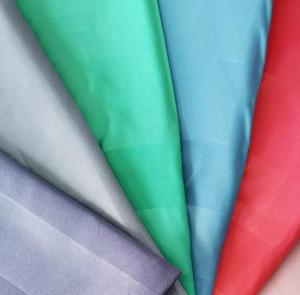Blog Information
- Posted By : haiwei home
- Posted On : Oct 25, 2021
- Views : 165
- Category : General
- Description : Home textiles are also called textiles, and the quilts and sheets we commonly use every day belong to this category.
Overview
Home textiles are also called textiles, and the quilts and sheets we commonly use every day belong to this category. For this kind of home textiles that have intimate contact with the skin, the choice of fabric is very important. Home textiles are also called decorative textiles. Below, Home Textile Fabrics Suppliers introduce the advantages of different home textile products.
1. All cotton. Natural fiber, without any irritation in contact with the skin, is beneficial and harmless to the human body. It has good moisture absorption and air permeability, but it is easy to wrinkle.
2. Polyester-cotton blended fabric. The smoothness and tearing strength are relatively good, not easy to wrinkle, but easy to fluff and pilling, easy to generate static electricity.
3. Viscose fiber. Low cost, good moisture absorption, air permeability, and drape, but the shrinkage rate is large, the wet treatment strength is poor, and it is easy to wrinkle.
4. Polyester. The hygroscopicity and air permeability are poor, the surface is easy to fluff, and it often produces an electrostatic reaction. It has good shape retention, high tearing strength, abrasion resistance and durability, smooth surface, and good gloss.
5. Silk. It is a general term for all kinds of silk fabrics spun from silk as raw material. Like cotton, it has many varieties and different personalities. It can be used to make all kinds of clothes, especially suitable for making ladies' clothes. Its strengths are lightness, fit, softness, smoothness, breathability, brilliant colors, luster, elegance, and comfort. Its shortcoming is that it is prone to wrinkles, Easy to suck, not strong enough, and fades faster.
